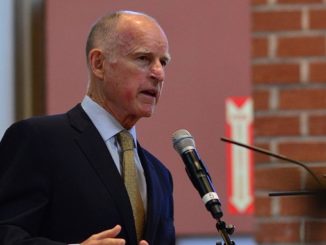
U.S. carriers are scrambling to fill empty cockpits, fueling costs pressure as economic worries continue to mount. It has cast a shadow on travel demand and sparked concerns about how much debt airlines in the U.S. have.
Ticket sales do remain strong. But investors are worried about consumer spending if the economy does slip into a recession. They fear that airlines may be forced to borrow even more money to fund operations and that there will be an even further delay in returning the cash.
Airlines rebounded from a pandemic-induced slump, but some investors have still stayed away, fearing carriers do not have enough tools to offset cost pressures.
What does this mean for the public? That there could be fewer and more packed planes as airlines drive up revenue through higher ticket prices.
The industry went on a borrowing binge to survive Covid shutdowns. Reducing debt remains a massive priority. The three big national carriers, United, American, and Delta, had $85 billion in net long-term debt at the end of the second quarter.
Airlines need strong, sustained profits to reduce their big debts.
But fuel and labor costs keep rising, and this is making debt reduction difficult. Cost pressures are only set to get worse, with a pilot shortage at smaller regional carriers.
Partners are also expected to be looking into passing the increased costs onto airlines. Pay raises at regional airlines could increase non-fuel operating costs at national carriers by up to 3.3 percent.




Be the first to comment